44 F. high in the Twin Cities Friday.
46 F. average high on November 7.
36 F. high on November 7, 2013.
November 7 in Minnesota Weather History, courtesy of NOAA:
1999:
November Heat Wave. Temperatures in the 70's and 80's in Minnesota with
records shattered in many places. The Twin Cites had 73 degrees. Canby
saw 82.
1943: Severe ice storm
in the Twin Cities, and heavy snow over southwest Minnesota. One person
died in St. Paul as a trolley car slid off the tracks and hit a pole. A
Minneapolis man died shoveling snow. Many telephone poles were down due
to the ice. Places like Worthington, Windom, and Marshall saw 14 to 16
inches of snow.
1870: First storm warning issued for Great Lakes by the U.S. Army.
Fast Forward Winter
"People
don't notice whether it's winter or summer when they're happy" wrote
Anton Chekhov. That may be true, but I think Sinclair Lewis was on the
right track when he said "Winter is not a season, it's an occupation."
Over
3 decades I've noticed the first snow of winter triggers a
disproportionate unease. "Will I remember how to drive on snow and
slush? How much extra time should I allow for my commute?" If it's cold
enough you quickly realize you're doing more sledding than driving. Pump
those brakes - drive defensively!
Confidence levels are still
low, but I'm still predicting the first real snow event of the winter
Monday - probably enough to complicate travel plans, especially south of
the Twin Cities. The ECWMF still shows a band of band of moderate snow
setting up over the Twin Cities. NOAA models keep the heaviest snows
just south of MSP. With temperatures falling through the 30s roads will
be slushy/icy, especially after 3 pm Monday, with the best chance of a
plowable snow coming south of the Twin Cities.
A streak of days
with highs in the 20s next week? A taste of January is imminent but look
at the bright side: our coldest days tend to be sunny. That helps a
bit.
Not Exactly Easing Into Winter.
It's smart to be skeptical about everything, including any snowfall
prediction beyond 24 hours. Long-range models show a potentially
significant snowfall by Monday; temperatures should be cold enough for
accumulation, with the best chance of a pile of white setting up south
of the Twin Cities. The solution above is the BAMS model from Baron
Services, with a more southerly solution for the heaviest snow band,
courtesy of Media Logic Group
Some Snow For Tracking Up North.
Deer hunting enthusiasts may get an assist from Old Man Winter,
especially from near Wadena and Brainerd to Mille Lacs. Much of the snow
reported Friday morning has melted, but there may still be a light
slushy accumulation on many fields over central Minnesoeta and northern
Wisconsin for the Deer Hunting Opener. Source: NOAA.
What Happened To November?
This weekend will still feel like (mid or late) November, but by
Tuesday and Wednesday of next week we'll fast-forward right to January,
with highs stuck in the 20s and nighttime lows dipping into single
digits in the suburbs. This shot of numbing air will be preceded by some
accumulating snow on Monday. Feeling lucky? Graph: Weatherspark.
Melting Arctic Sea Ice Doubles The Chances of Harsh Winters In Other Parts of the World.
Public Radio International had a very interesting interview; here's an excerpt: "...
In
its simplest terms, she says, when sea ice melts, the dark ocean
underneath absorbs much more energy from the sun during the summer,
which warms the water more than usual. When fall arrives and cold air
moves in again, all the energy stored in the water gets released into
the atmosphere, which, in turn, causes the air above the water to warm
up more than usual. This warming has the effect of pushing the jet
stream northward. The jet stream is a fast-moving river of air high in
the atmosphere that generates the weather we experience at the Earth's
surface..." (Image: NOAA Photo Library).
October 2014 Weather Recap. Here's an excerpt from the Minnesota DNR's
Hydroclim Update: "...
- October precipitation totals
were generally below-normal across most of Minnesota. Monthly rainfall
totals fell short of historical averages by one to two inches in most
locations. Areas of relative wetness were reported in some southeast
Minnesota counties where October rainfall totals topped historical
averages by an inch or more.
[see: October 2014 Precipitation Map | October 2014 Precipitation Departure Map | October 2014 Climate Summary Table]
- Average monthly temperatures for October
in Minnesota were near, to slightly above, historical averages. Cool
temperatures early in the month were counterbalanced by a late-month
warm spell..."

2014 Will Go Down As Hottest in California's History. Here's a clip from a story at
Climate Central: "
Book it: This year will go down as the hottest in California’s history. With just two months left in the year, there’s a better than 99 percent chance that 2014 will be the warmest year on record for California, according to National Weather Service meteorologists. The state has been baking in above-average temperatures all year — setting a record for the warmest first six months of any year this June — thanks to a persistent atmospheric pattern that has also mired California in a major drought..."

Why Sand Is Disappearing. Here's a snippet of an Op-Ed at
The New York Times that got my attention: "...
Today,
however, 75 to 90 percent of the world’s natural sand beaches are
disappearing, due partly to rising sea levels and increased storm
action, but also to massive erosion caused by the human development of
shores. Many low-lying barrier islands are already submerged. Yet the
extent of this global crisis is obscured because so-called beach
nourishment projects attempt to hold sand in place and repair the damage
by the time summer people return, creating the illusion of an eternal
shore..."
Sandy file photo: Mike Groll, AP.
National Hurricane Center Highlights Storm Surge Risk. Here's an excerpt from a story at
fox10tv.com: "...
Approximately
22 million people in the U.S. are vulnerable to storm surge. It’s
responsible for about half the deaths in the United States due to
tropical cyclones, and many evacuation routes become inundated in a
variety of scenarios. This map makes it clear that storm surge is not
just a beachfront problem, with the risk of storm surge extending
several miles from the immediate coastline in some areas. Florida has a
particularly large vulnerable population, with about 40 percent of its
residents at risk to storm surge flooding..."
An Inside Look At How Monster Tornadoes Can Form.
The Weather Channel has the story - here's the introduction: "
Ever
wondered what it would look like if 90s blockbusters “Twister” and “The
Matrix” were mashed up? OK probably not, but if it did happen, this 3-D
model of a tornado is a likely candidate. Leigh Orf, a meteorologist at
Central Michigan University, of what can cause and sustain a violent
EF-5 tornado — the most — at the this week. The visuals show that while
we often think of the atmosphere as air, it actually behaves and looks a
lot like liquid..."
Animation credit: Leigh Orf.
The $9 Billion Witness: Meet JPMorgan Chase's Worst Nightmare. Here's an excerpt of a fascinating story of greed, courage and redemption at
Rolling Stone: "...
Fleischmann
is the central witness in one of the biggest cases of white-collar
crime in American history, possessing secrets that JPMorgan Chase CEO
Jamie Dimon late last year paid $9 billion (not $13 billion as regularly
reported – more on that later) to keep the public from hearing. Back in
2006, as a deal manager at the gigantic bank, Fleischmann first
witnessed, then tried to stop, what she describes as "massive criminal
securities fraud" in the bank's mortgage operations..."
Photo credit above: Andrew Querner. "Chase whistle-blower Alayne Fleischmann risked it all."
Metallic Mesh Shields French Theater from Weather Damage.
Part of me wonders if there's an opportunity to create hail-proof and
wind-resistent (transparent?) barriers for commercial and residential
properties here in the USA? Like that clear, ding-proof bra on the front
of your vehicle, only for buildings. Why not? Here's a clip from
Gizmag: "...
It's
also designed to protect the building from sunlight, heat, wind and
rain. The mesh can be tightened or loosened in different places
depending on what the space behind it requires. The mesh can be loosened
in front of areas where the public gather, such as a bar for example,
in order to let light in and provide views out of the building. In
contrast, it might be woven tighter to hide structural walls..."
Photo credit above: "
The Grand Théâtre d'Albi's mesh façade can be tightened or loosened in different places." (Photo: Georges Fessy / DPA / Adagp.)
TODAY: Partly sunny, gusty & chilly. Winds: NW 15-25. High: 38
SATURDAY NIGHT: Partly cloudy and chilly. Low: 30
SUNDAY: Mostly cloudy, no drama yet. High: 39
SUNDAY NIGHT: Light snow mixed with rain possible late. Low: 28
MONDAY: Accumulating snow, icy/slushy roads. Potential for plowable amounts, especially south of the Twin Cities. High: 34
TUESDAY: Flurries taper, some PM sun. Cold! Wake-up: 19. High: 28
WEDNESDAY: A fine January day. Wind chill: 15. Wake-up: 12. High: 29
THURSDAY: Parka-worthy. More clouds than sun. Wake-up: 10. High: 27
FRIDAY: More sunshine, storm-free. Wake-up: 13. High: near 30
Climate Stories...
 I Was Once A Climate Change Denier. Salon
I Was Once A Climate Change Denier. Salon traces the chronology of one skeptic as he went from denying to ultimately accepting the science; here's a clip: "...
As
time went on, I was exposed to more and more evidence in support of
climate change that I could no longer deny. I had no choice but to adapt
my theory and finally admit to some sort of climate change. “OK, it may
be happening, but how can you tell if it’s our fault? We lack a control
Earth!” To back myself up, I clung to a variety of fringe arguments:
“It’s the sun!” or “We can’t trust the measurements!” or “It has
happened before! It’s normal!” and so on. (You can find a long list of
common climate change myths debunked here and a shorter version here. Right now the list counts up to 176. New ones are added often.)..."
Denying Problems When We Don't Like The Solutions. Here's an excerpt of a story at
Duke University
highlighting and confirming what many of us already suspect: "...A new
study from Duke University finds that people will evaluate scientific
evidence based on whether they view its policy implications as
politically desirable. If they don't, then they tend to deny the problem
even exists. “Logically, the proposed solution to a problem, such as an
increase in government regulation or an extension of the free market,
should not influence one’s belief in the problem. However, we find it
does,” said co-author Troy Campbell, a Ph.D. candidate at Duke's Fuqua
School of Business. “The cure can be more immediately threatening than
the problem...”
Report on Second Annual Climate Adaptation Conference.
This conference was held Thursday at the Hyatt in Minneapolis; I was
very encouraged to see the turn-out, the variety of participants across
multiple fields and the focus on finding solutions to adapt to a more
volatile climate. Here's an excerpt of a summary from one of the
conferences organizers, Dr. Mark Seeley, in his weekly
WeatherTalk Newsletter: "...Highlights:
Dr. Harold Brooks-NOAA Severe Storms Lab, Oklahoma lecturing on severe weather and climate change;
-Climate
trends are clearly showing greater variability in some severe weather
elements, including heavier rains, cluster outbreaks of tornadoes, more
large hail, and seasonal changes in peak risk periods for hail, strong
winds, and tornadoes. Peak season for heavy rainfall has shifted to
August in our region.
-More research with reanalysis of
upper air data and high resolution climate model outputs will be useful
in further delineating the future risk of specific severe weather
elements over finer scale geography.
-Climate trends are
effecting recreation and tourism in terms of number of visitors and
seasonal use and activity, e.g. northern MN more stable environment for
winter recreation (skiing, snowmobiling, ice fishing); Mississippi River
accessibility for educational programs has recently been restricted due
to many high flow periods..."
Why Snow Machines Are Cold Comfort As The Alps Warm.
The Guardian takes a look at trends; here's an excerpt: "...
In
a multibillion dollar business where snow reputations are crucial, it
is easy to see why. Grimm and Petignat are keen to point out that
climate change has barely affected Davos-Klosters, one of the highest
and most snow-sure resorts in the Alps. There is no question, however,
that warming has begun to hit the world of winter sports, and a 2007 poll found that the industry believes artificial snow is its best defence..." (Image: NASA).
Will Cheap Gas Undermine the U.N.'s Climate Efforts. Here's an excerpt of a story and interview at
The Atlantic: "...
I
don’t think people will see the urgency of dealing with fossil fuels
today,” Perl said. Instead, he explained, people may choose to fill up
their cars and burn fuel while the costs are low. Falling oil prices may
also deter businesses from switching to energy-saving technology, as a 2006 study in the Energy Journal
suggested. Saving several pennies at the pump, Perl said, may tempt
Americans away from actions that can lead to a sustainable, post-carbon
future. Indeed, in the past month some automakers noticed a jump in
gas-guzzling car sales..."
* data above courtesy of
minnesotagasprices.com.
How Climate Change Is Like Street Harrassment. A new perspective on cause, effect and culpability from
Grist; here's a clip: "...
How
might we think about climate change in this light? It’s true that
focusing on individual culpability is a limited instrument when it comes
to something like climate, which so crucially involves large-scale
collective action and responsibility, but it can help illuminate the
extraordinary denial and resistance that has met scientists’ increasingly frantic warnings.
Climate change is Parfit’s thought experiment taken to its logical
extreme. Virtually every workaday activity of citizens of industrialized
nations — driving to work, turning on the heat in winter, watching cat
videos on the internet — cranks the climate torture device by another
volt or two. We are collectively ensuring the suffering of millions of
distant victims..."
Long Range Outlook: 200% Increase in Pollen? Here's a snippet of some new research available online at
PLOS, the Public Library of Science: "...
Using
quantitative estimates of increased pollen production and number of
flowering plants per treatment, we estimated that airborne grass pollen
concentrations will increase in the future up to ~200%. Due to the
widespread existence of grasses and the particular importance of P.
pratense in eliciting allergic responses, our findings provide evidence
for significant impacts on human health worldwide as a result of future
climate change..."
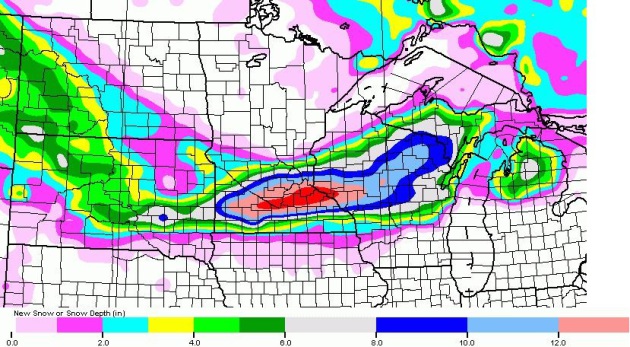
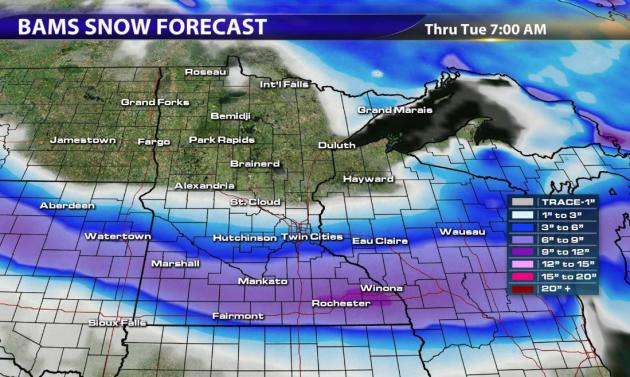
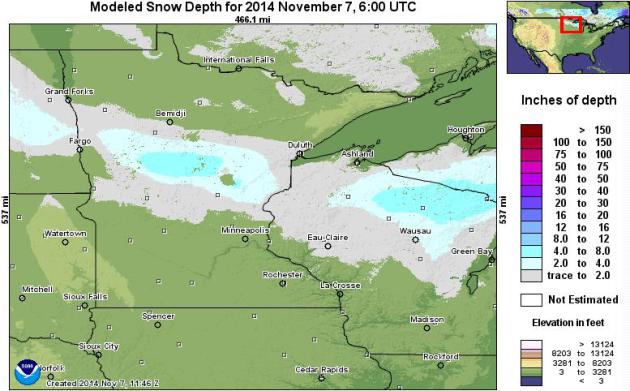

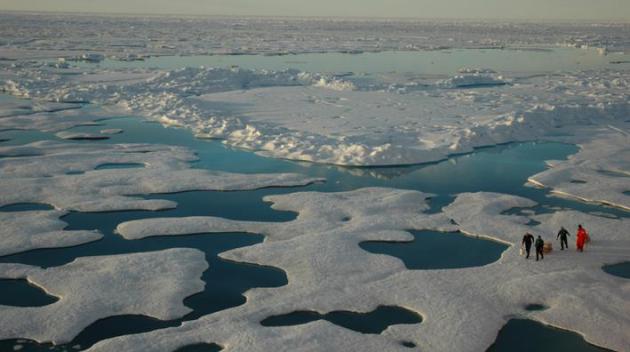


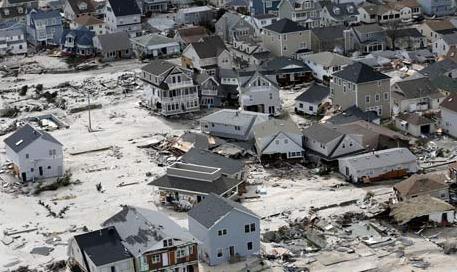




.jpg)

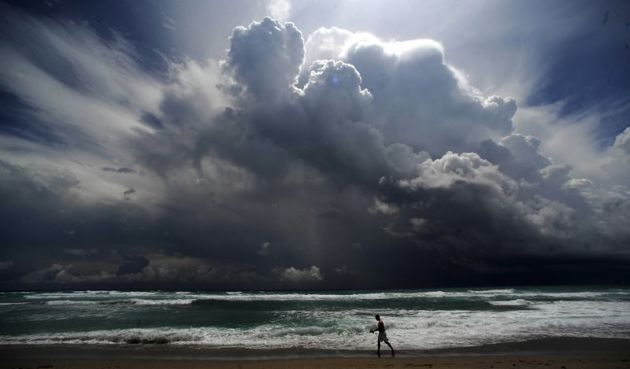

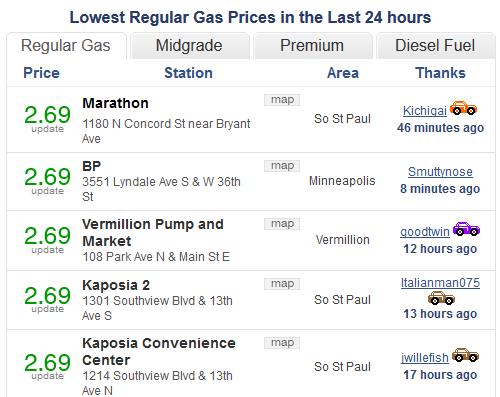


No comments:
Post a Comment